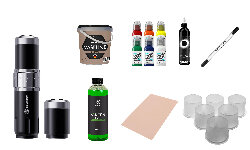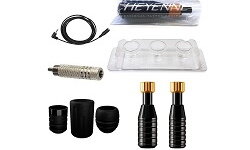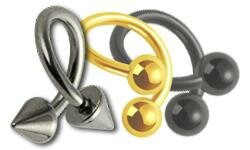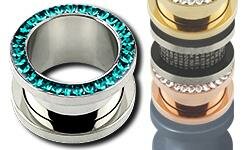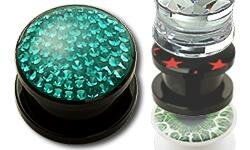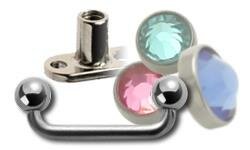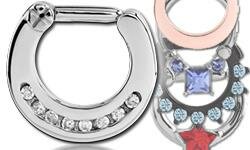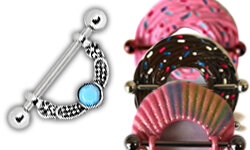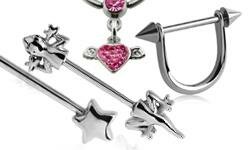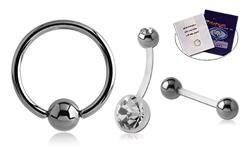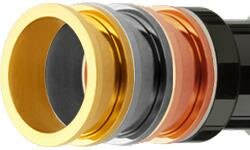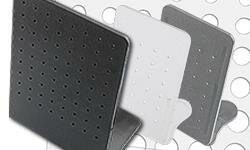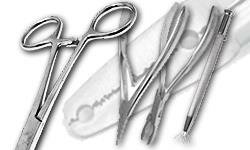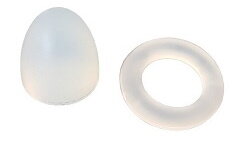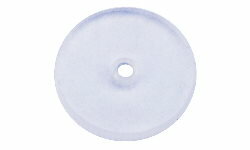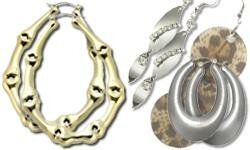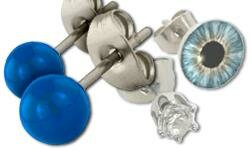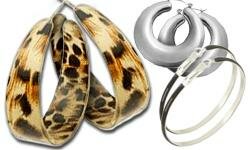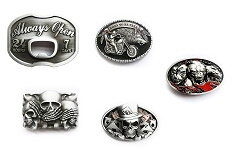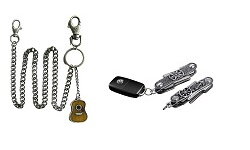Tattoos on Legs & Feet
Tattooing Legs and Feet – Tips for Technique, Placement & Aftercare – Whether it's thighs, calves, or feet: legs offer plenty of space – but also some challenges. Skin tension varies, and the strain from walking is high. In this episode, you’ll learn how to optimally plan and professionally execute leg and foot tattoos.
This episode focuses on the lower part of the body: legs and feet. Whether it’s thighs, calves, shins, or the tops of the feet – these areas provide a lot of room for tattoos but are often technically and anatomically demanding. In this episode, we’ll show you what to look out for, which mistakes to avoid, and how to professionally tattoo legs and feet.
Anatomical Characteristics of Legs and Feet
- Legs: Large areas, often muscular or heavily vascularized
- Shins: Directly over bone, very sensitive to pain
- Calves: Well-padded but stretch significantly during movement
- Top of the foot: Sensitive, thin skin with little fat tissue
- Sole of the foot: Not suitable for tattooing – thick callus, poor ink retention
Depending on the area, different techniques and approaches are needed.
Design and Motif Selection for Legs and Feet
- Thighs: Ideal for large designs or cohesive concepts
- Calves: Vertical designs work better than horizontal ones
- Shins: Symmetry and precise placement are key due to the central position
- Top of the foot: Only bold lines, avoid fine details
Technical Tips for Tattooing
- Machine settings: Powerful yet controlled – avoid aggressive hits, especially over bones
- Skin tension: Properly position the leg; the client may need to be repositioned
- Needle depth: Varies greatly between calf, shin, and foot
- Movement awareness: Skin stretches significantly on calves and thighs during motion
Pain Management and Client Communication
Feet and shins are among the most painful areas. Inform your client in advance:
- Which areas are more painful and why
- How long the session will take
- That body positions (lying, sitting) may need to change
Aftercare and Healing
- No tight shoe contact on the top of the foot
- Avoid sports with calf tattoos (muscle strain)
- Leave legs uncovered while sleeping
- Apply cream regularly and let the skin breathe
Common Mistakes to Avoid
- Incorrect placement: Tattoos look different when standing vs. sitting
- Tattooing too deep: Especially on the foot, this can quickly cause scarring
- Too much detail: Especially on feet and calves, such details don’t hold well
- Lack of symmetry: Legs are highly visible and should look harmonious
Professionally Tattooing Legs & Feet
Legs and feet are both versatile and demanding. They offer lots of room for creativity but require technical skill and careful planning. If you work cleanly, consider the skin structure, and pay attention to client needs, you’ll achieve impressive results. Use your knowledge to create tattoos that last and look perfect.

 Black
Black White
White Grey
Grey Brown
Brown Red
Red Yellow
Yellow Pink
Pink Skin Tones
Skin Tones Orange
Orange Violet
Violet Green
Green Blue
Blue















